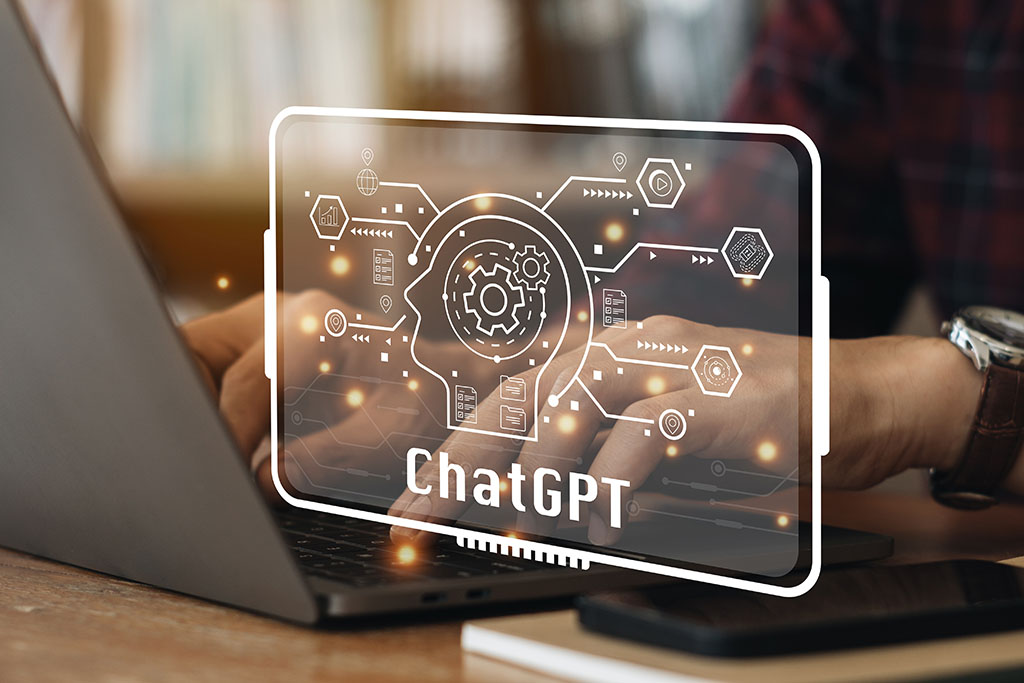
OpenAI’s New Canvas Interface Looks To Be A Game Changer for Writing and Coding Projects
OpenAI’s Canvas interface is transforming the way users write and code with a more interactive and collaborative AI workspace.
In an era where artificial intelligence is rapidly transforming how we approach work, OpenAI has once again raised the bar. On Thursday, the tech giant unveiled a new feature for ChatGPT called “Canvas”—an innovative interface designed specifically for writing and coding projects. This new workspace offers a more interactive and editable environment, making it easier for users to fine-tune AI-generated content without starting from scratch. The Canvas feature is available in beta for ChatGPT Plus and Teams users, with plans to extend the rollout to Enterprise and Edu users next week.
But what makes Canvas so special? Let’s dive into its key features and how it’s poised to revolutionize the way we collaborate with AI.
IS YOUR COMPUTER SECURE?
FREE Malware Removal
Detect & Remove Adware, Viruses, Ransomware & Other Malware Threats with SpyHunter (FREE Trial)
IS YOUR COMPUTER SECURE?
FREE Malware Removal
Detect & Remove Adware, Viruses, Ransomware & Other Malware Threats with SpyHunter (FREE Trial)
IS YOUR COMPUTER SECURE?
FREE Malware Removal
Detect & Remove Adware, Viruses, Ransomware & Other Malware Threats with SpyHunter (FREE Trial)
A Workspace for Seamless Collaboration
Unlike the standard chat window, Canvas introduces a separate, dynamic workspace where users can write, code, and edit generated content directly. Instead of simply accepting what the AI provides, users now have the ability to highlight sections of the text or code and make real-time adjustments. Whether you’re drafting an email or writing code, the Canvas workspace gives you complete control over the output, allowing for deeper collaboration with the AI model.
For instance, when drafting an email, users can adjust its length using a simple slider or highlight sections to tweak the tone, such as making it friendlier or even adding emojis. The idea is to make interactions more fluid, reducing the need for perfect prompts and empowering users to mold the output according to their needs.
Tailored for Coding Projects
The coding functionality in Canvas goes beyond just generating code—it offers tools for understanding and refining it. OpenAI’s product manager, Daniel Levine, demonstrated how users can generate an API web server in Python, which opens in the Canvas window. With a simple click of the “add comments” button, ChatGPT automatically adds documentation to explain each part of the code in plain language.
Highlighting sections of code allows users to ask ChatGPT for detailed explanations or assistance with debugging. The new “review code” feature takes this a step further, enabling ChatGPT to suggest edits for user-written or AI-generated code. Users can then approve, edit, or decline these changes. This functionality could prove invaluable for developers, helping them not just write code faster but also understand and improve it in real-time.
Competing in a Crowded Market
OpenAI’s Canvas is not the first of its kind. The company is racing to compete with other consumer AI providers that are developing similar editable workspaces. Anthropic’s Artifacts and Cursor, a viral coding companion, offer comparable features. What sets OpenAI apart is the range of functionality within ChatGPT, allowing users to manage both writing and coding tasks in one cohesive space.
As competition heats up, OpenAI is not just keeping pace with its rivals—it’s aiming to outdo them by adding new capabilities to its AI suite. By incorporating editable workspaces, OpenAI is responding to a common challenge faced by users: AI-generated content often requires human intervention for fine-tuning. With Canvas, users no longer have to go back and forth between generating new content and making corrections; they can edit in the same workspace, streamlining the process.
Looking Ahead
While Canvas is currently in beta, OpenAI has plans to roll it out to free users once it’s fully tested and refined. This move could democratize access to advanced AI tools, allowing even more people to benefit from the streamlined workflow that Canvas offers.
As AI becomes increasingly embedded in our daily workflows, tools like Canvas are paving the way for more intuitive, human-centered collaboration. Whether you’re a writer fine-tuning a blog post or a developer troubleshooting code, OpenAI’s Canvas offers a powerful new way to work with AI—and it’s only just the beginning.